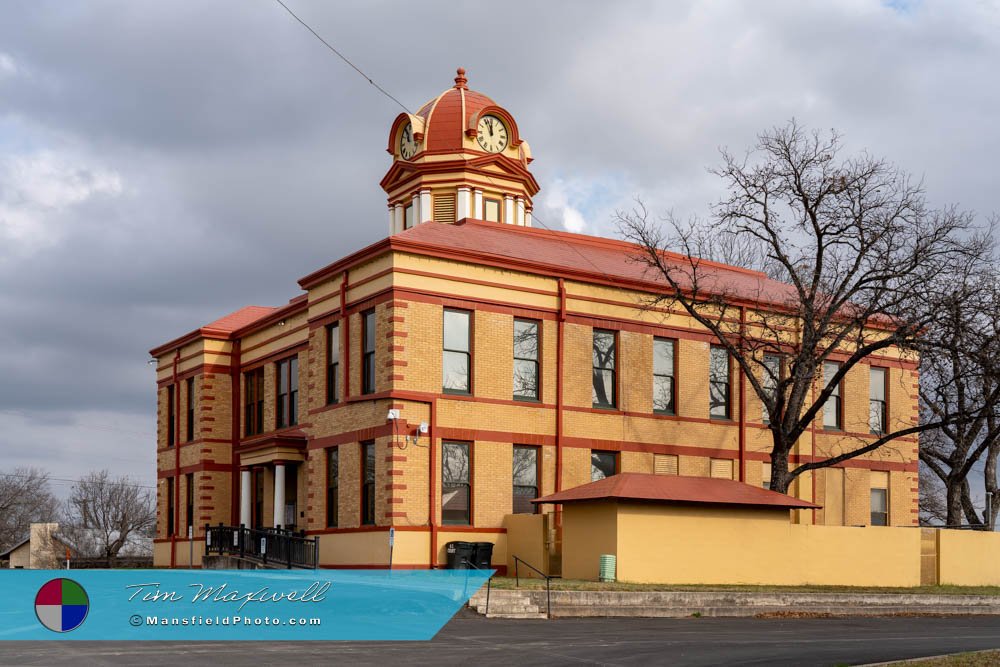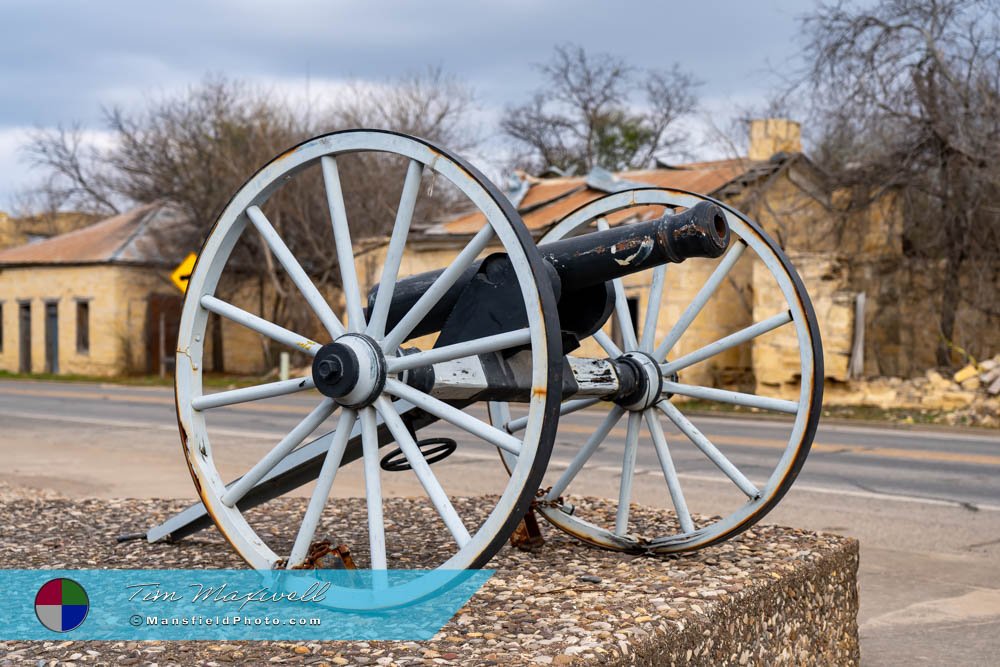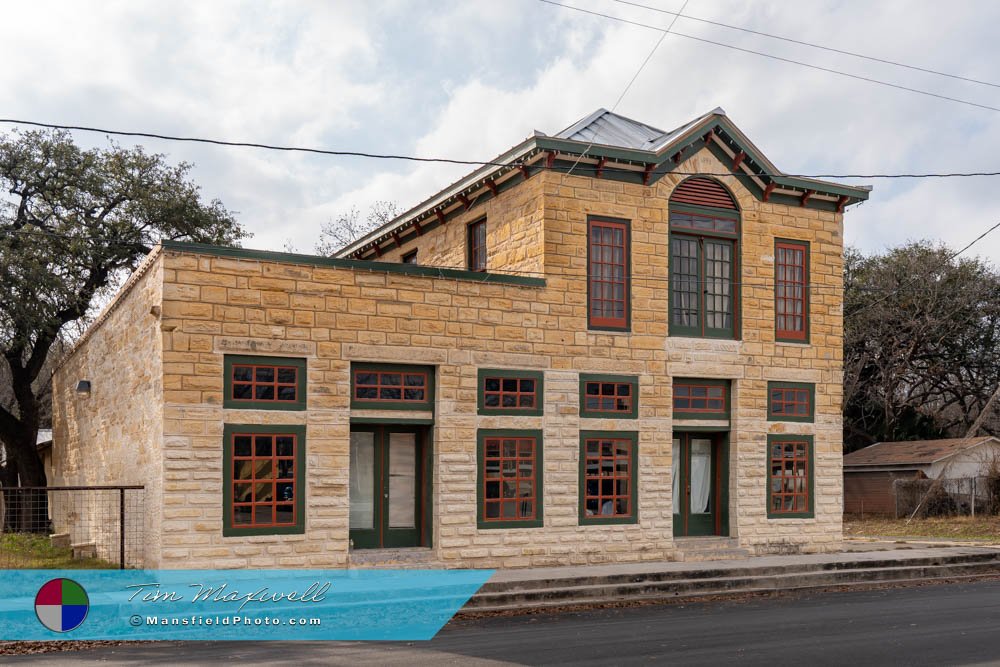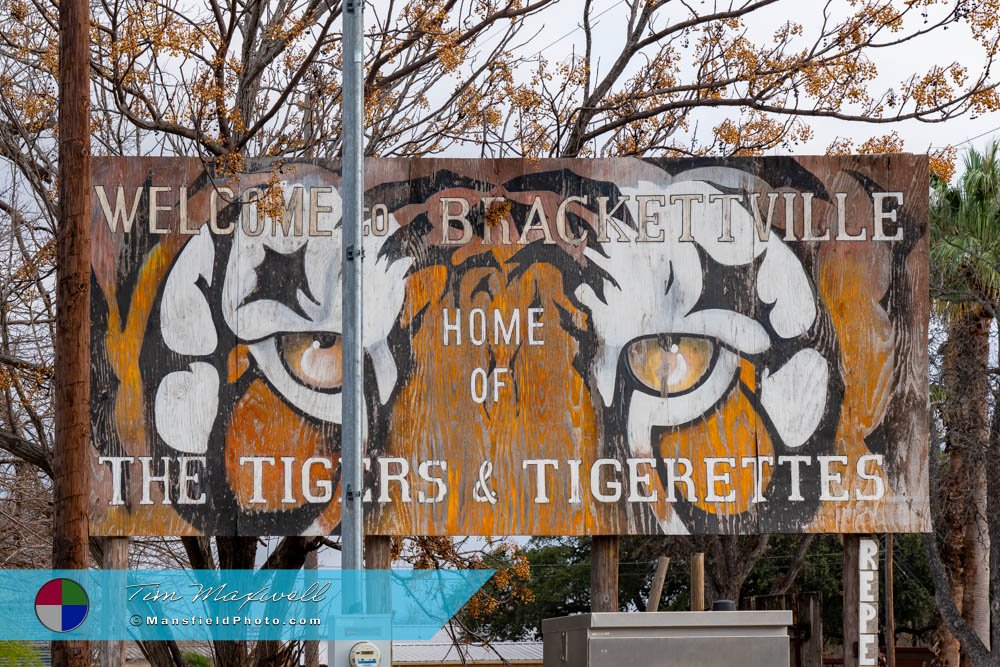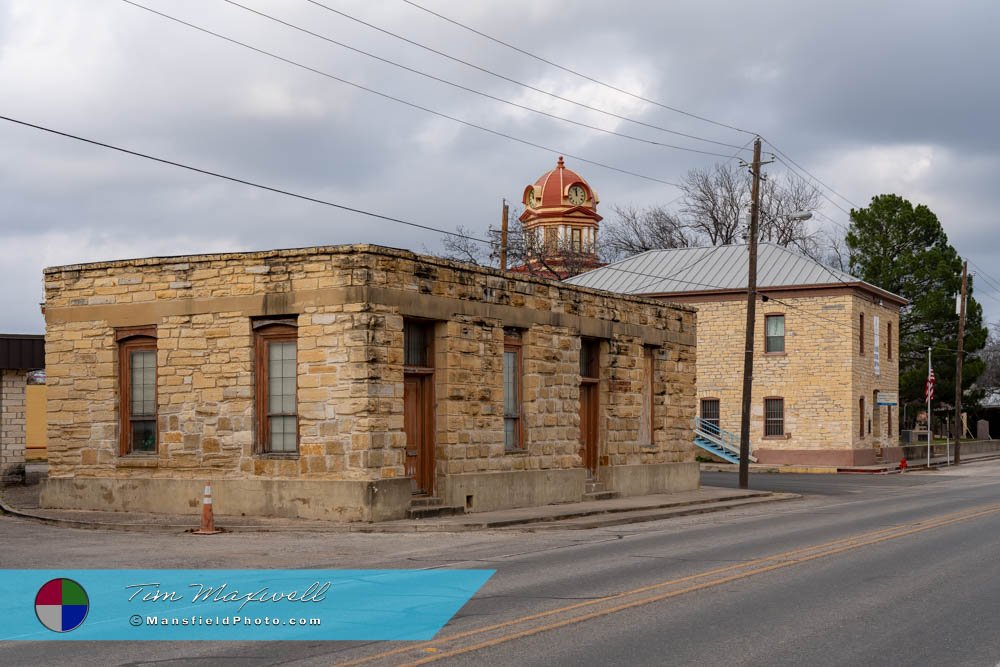Mansfield Photography
Brackettville, Texas
– Forts, Films, and Frontier Spirit.
In 1852, a small community emerged in what is now Kinney County, Texas, named after Oscar B. Brackett, a merchant who set up a supply station to support nearby military operations. The location was strategic—close to the Rio Grande and along vital trade routes that connected Mexico with San Antonio. The U.S. Army had established Fort Clark just a year prior, and settlers, soldiers, and traders alike found this outpost to be a crucial waypoint in the ever-expanding frontier.
The fort, built to protect travelers and settlers from raids, quickly became the heartbeat of the town. Troops stationed there included the famous Buffalo Soldiers—African American cavalry and infantry units who played a vital role in securing the region during the Indian Wars. Their presence left a lasting imprint on local history, shaping the area’s military heritage and fostering a unique blend of cultures that still influences the town today.
Before the Town, the Land
Long before soldiers and settlers arrived, this land was home to indigenous peoples who thrived in the rugged terrain for thousands of years. The first European explorations began in 1535 when Spanish expeditions moved through the area, charting routes and seeking opportunities for settlement. Despite their efforts, a Franciscan mission established in 1775 failed, as did Dr. John Charles Beales’ attempt to form a colony in 1834. The harsh conditions and remoteness of the region made permanent settlement a challenge, but that did not deter those determined to carve out a life here.
Kinney County itself was officially separated from Bexar County in 1850, just two years before Fort Clark was established. That same year, local inhabitants formed the Brackett settlement, named for Oscar B. Brackett, who operated a stage stop, freight office, and dry goods store to serve travelers along the San Antonio–El Paso stage line. Over time, this frontier outpost grew into a stable community, setting the foundation for the county’s organization and governance.
A Place of Historic Beauty
Walking through the heart of town today is like stepping into a living museum. The downtown area is breathtaking, with historic buildings that have been lovingly preserved. The Kinney County Courthouse, a striking example of late 19th-century architecture, serves as a focal point. With its stone facade and grand presence, the courthouse reflects the enduring legacy of a town that has witnessed everything from frontier skirmishes to Hollywood film productions.
Named after early settler and adventurer Henry Lawrence Kinney, the county took 21 years to formally organize. In 1873, the first official meeting took place inside Brackett’s home, and soon after, the town—now called Brackettville—was chosen as the county seat. Initially, officials held meetings in the Kartes and Co. building, but by 1879, the first courthouse was constructed. That building served the county until 1911 when the current courthouse was completed.
Designed by L.L. Thurmon and Co. of Dallas and built by Falls City Construction Co. of Louisville, Kentucky, the courthouse is an elegant example of Beaux Arts Classicism. Its buff brick walls are accented with D’Hanis red brick banding and quoins, while the central bell tower mirrors the architectural details of the octagonal corner towers and columned entryways. The Seth Thomas clock perched above the town completes the grand design, making it one of the most visually impressive courthouses in the region.
Fort Clark: Guardian of the Border
Fort Clark remains one of the most significant historical landmarks in the area. Established in 1851, it played a crucial role in the defense of Texas during conflicts with Native American tribes and in maintaining border security. Over the years, it housed several military units, including the Buffalo Soldiers, who were assigned to protect settlers and travelers from raids.
Even after its decommissioning, the fort never faded into obscurity. Today, it stands as a well-preserved site, home to a museum, historic quarters, and scenic trails that invite visitors to explore its grounds. The presence of natural springs adds to its allure, providing a peaceful contrast to its military past.
Hollywood Comes to Texas
One of the most fascinating aspects of the town’s history is its connection to the silver screen. Just a short drive away lies Alamo Village, a movie set originally constructed for John Wayne’s epic 1960 film The Alamo.
Designed to be a historically accurate representation of the original mission, it became one of the most detailed and enduring film sets ever built.
Over the decades, Alamo Village hosted numerous productions, bringing in actors, directors, and film crews who found the rugged landscapes and authentic Old West atmosphere irresistible. Even though it is no longer a bustling film set, its legacy remains a testament to the town’s unexpected yet enduring link to Hollywood.
The Town Today
While history forms the foundation of this community, the present is just as vibrant. Residents take pride in preserving their town’s heritage while embracing modern life. Local festivals celebrate cowboy culture, military history, and the unique blend of traditions that define the region.
Tourism remains an essential part of the economy, with visitors drawn to Fort Clark, the picturesque downtown, and the remnants of Alamo Village. Outdoor enthusiasts find plenty to love here as well, from hiking and birdwatching to exploring the scenic landscapes that stretch beyond the town limits.
More than just a place on a map, this town carries the echoes of history in its streets, buildings, and stories. Whether drawn by its frontier legacy, military past, or cinematic connections, those who visit find themselves transported to a place where history isn’t just remembered—it’s alive.
📸 Interested in More Photos of This Town?

